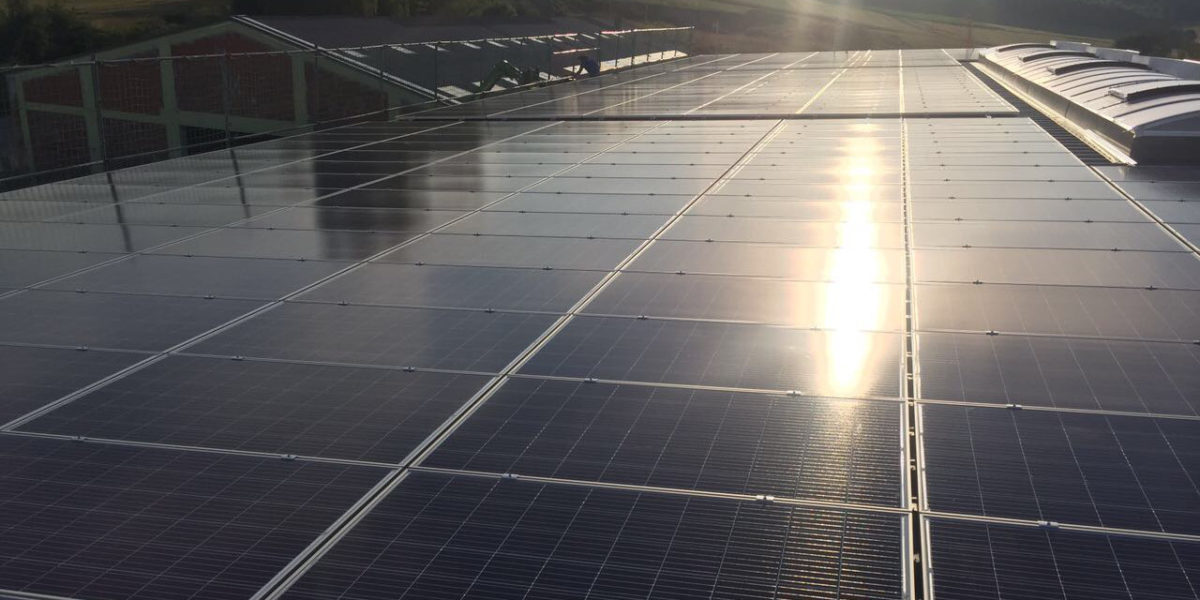Germany’s Federal Network Agency (Bundesnetzagentur) registered around 418.6 MW of new PV systems in February. A good 386.8 MW of this was for projects that were built outside of the country’s tender scheme for installations above 750 kW in size. Many of the projects are likely to be large rooftop PV arrays with capacities of 40 kW to 750 kW. A monthly extraordinary FIT cut has been in effect for them since February.
The German agency selected 28.0 MW of ground-mounted projects in February. It also reported 1.2 MW for the tenant electricity scheme.
The country added almost 1 GW of solar in the first two months of this year alone, bringing its cumulative installed PV capacity to approximately 46.9 GW by the end of February.
April is the final stage for the extraordinary reduction of the FIT for rooftop PV systems ranging in size from 40 kW to 750 kW, which the German government introduced at the end of 2018.
Popular content
From April 1, the value to be applied in direct marketing will drop to €0.0890/kWh, while for smaller PV systems it will be €0.1151/kWh, and €0.0808 cents per kWh for other systems. Similarly, fixed FITs were further reduced. It was set at €0.1111/kWh for PV systems up to 10 kW, €0.1081/kWh for systems up to 40 kW, and €0.0850/kWh for projects up to 100 kW. For installations above 100 kW in size, direct marketing is mandatory for PV systems.
On May 1, the Federal Network Agency will publish new rates for the following three months. Given the high level of expansion in the first two months of this year, the cuts could go from the 1.0% at present to 1.4%.
This content is protected by copyright and may not be reused. If you want to cooperate with us and would like to reuse some of our content, please contact: editors@pv-magazine.com.



Germany is now only 5.1 GW short of the magic number of 52 GW, when subsidies for new build hit a brick wall and stop dead. At 400 MW a month, that’s only 13 months away. As we have seen several times in the USA, such sudden cutoffs distort investment decisions and lead to inefficiencies. Presumably the EEG right to install and sell to the grid still holds, but it’s very unclear how things will work.
In Spain, Ribera’s new policy will guarantee solar households the wholesale rate for their exports (probably smoothed in practice). This is not a fantastic incentive but with good sun, self-consumption valued at the higher retail rate, and cheap batteries on the way it should be enough. Wholesale prices also stymie any criticism from incumbents about unfair subsidies..